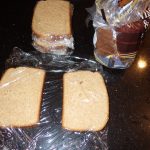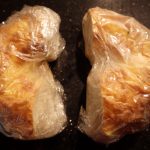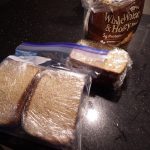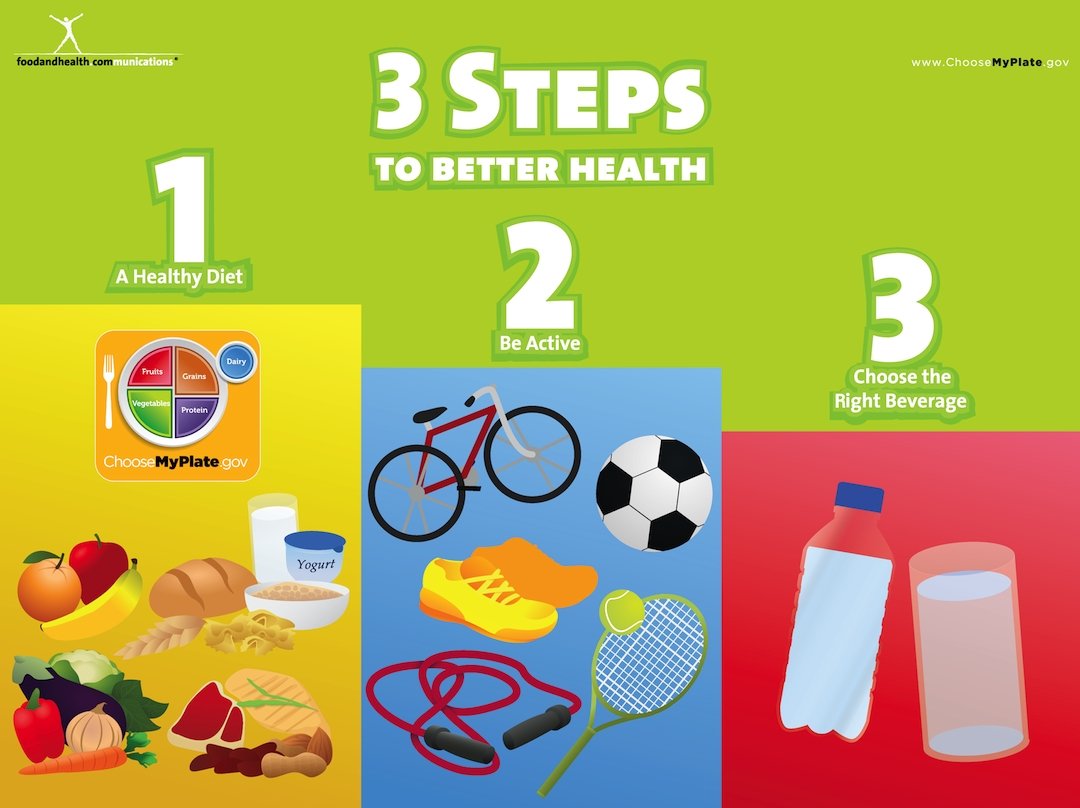One of the great tastes of summer is corn-on-the-cob. Lots of people try to retain that great flavor for later in the year by freezing corn when it’s at its peak.
People are always looking for quick and easy ways to do things and the internet tends to perpetuate this with the latest fads and quick-you-have-to-try recipes. Preserving corn-on-the-cob is frequently a topic. I’ve heard two new corn “ideas” this year. While neither are “unsafe”, the quality of the final products may not be so great.
One of these methods is freezing corn cut off-the-cob in a mixture of water, sugar and salt in lieu of blanching. There is no research to prove that this sugar and salt brine would be a substitute for heat to inactivate enzymes.
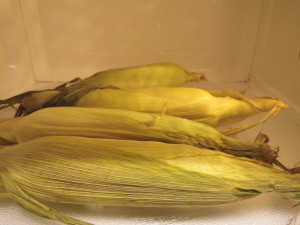
Another “tip” going around is to put the corn directly in the freezer (husks and silk and all). This method obviously doesn’t include blanching either. For my personal thoughts on cooking in the husks see an earlier blog post Shucks with the Husks .
If you’re going to freeze corn, blanching is highly recommended. This is for quality not safety. Blanching inactivates enzymes within the food. If not destroyed, these enzymes can cause loss of flavor, color and texture in the frozen food. Blanching is scalding vegetables in boiling water or steam for a short time and the immediately cooling in ice water. Without blanching you may have a very poor quality product.
Fresh sweet corn may be frozen cut-off or on-the-cob. I usually tend to avoid frozen corn-on-the-cob because sometimes it’s mushy, watery and “cobby” tasting when cooked. If you really love eating corn from the cob, here are some tips that can help you be successful:
According to the National Center for Home Food Preservation http://nchfp.uga.edu/how/freeze/corn.html medium ears of corn should be blanched for 7 minutes. One of the key steps to keep this corn from tasting like the cob when thawed is to leave them in the ice water and even adding more ice to completely chill the cobs after blanching. The general “rule of thumb” is to chill the corn for as long as it was blanched. Don’t allow it to stay too long or it will get soggy and allow to drain well before freezing. Another tip to get better quality results is to slightly thaw the corn-on-the-cob before cooking.
I usually suggest to people to try freezing a few ears and then prepare and see if you and your family likes them before getting carried away and using a lot of freezer space on something you won’t like come January.
Here are a few more tips from Chef Judy Doherty to savor your favorite foods this summer:
- Berries can be frozen in zip bags so they are ready for smoothies, muffins, pies, sauces/purees, and cobblers. Mix them for a fun new flavor sensation or keep them separate.
- Tomatoes can be cooked into sauce or salsa and frozen in a zip storage bag.
- Herbs can be made into pesto or frozen in tupperware so they can be slipped into your favorite foods and dishes. To make a simple pesto, puree your favorite herbs with a little olive oil then freeze on foil, slice and freeze the squared in a zip storeage bag.
- Corn should be steamed and then cut off the cob for the best results. Or just cut it off the cob and then steam before freezing. The problem with freezing a whole cob is that you will overcook your corn trying to heat the whole cob.
- For peaches and tree fruits, cut them into wedges, freeze on a sheet, then put them into zip bags.
- Spinach and other greens may be flash steamed (steam quickly) and then stored in zip bags or plastic containers in small serving sizes.
- If you have a lot of fresh mint consider freezing it in ice cubes so you can flavor water or tea.
- Grate zucchini and carrots and freeze them in ziplock bags so they are ready for muffins and quick breads.
Cheryle Jones Syracuse, MS
Professor Emeritus, The Ohio State University
Check out our new materials now at

Drink Water Tearpad 50 Pages English 8.5x11" Color Handouts for Nutrition Education
$42.00 $46.00
Add to Cart






